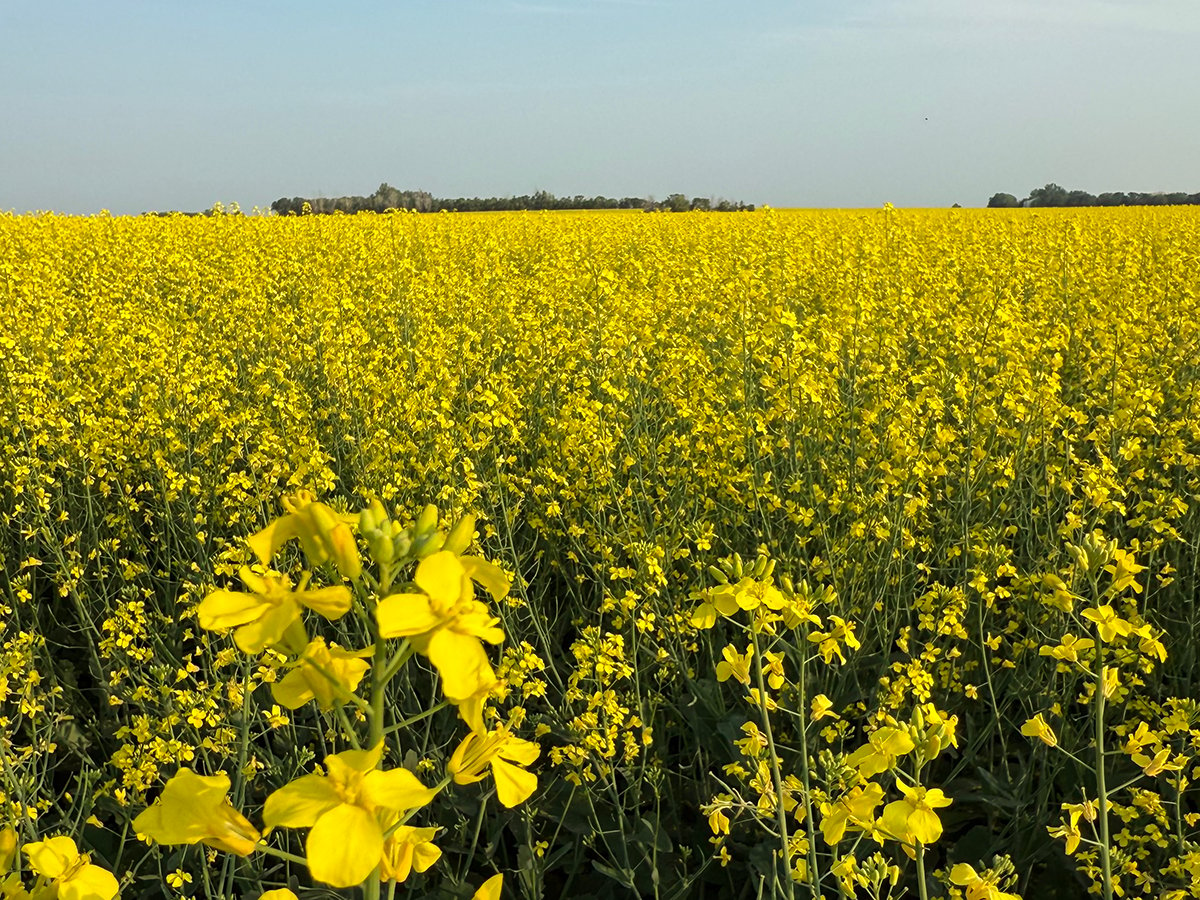Weather that favoured crop disease and the breakdown of resistant crop varieties resulted in a nasty year in 2010.
Ron Howard, an Alberta Agriculture research pathologist based in Brooks, Alta., provided a synopsis of crop disease at the Agronomy Update Conference in Lethbridge Jan. 18.
“This is one of the worst years that we’ve seen for probably a couple of decades,” he said in an interview. “We had a season of rain, rain, rain and low temperatures for essentially five months, so as a result of that we did see diseases build up because of those favourable conditions.”
Read Also

Canola support gets mixed response
A series of canola industry support measures announced by the federal government are being met with mixed reviews.
Disease prevalence also shows that previously resistant varieties of canola and wheat, which battled blackleg and stripe rust respectively, succumbed to disease.
“This hasn’t happened overnight,” said Howard.
“It has taken a few years, but the writing is on the wall with blackleg and stripe rust that we need to deploy better resistance in our newer varieties.”
However, research into new varieties is progressing.
“We have a massive effort in canola breeding on the Prairies. With stripe rust, it’s the same thing. Wheat breeders are looking for other resistant genes,” he said.
During his presentation, Howard said stripe rust was first noted in Alberta June 27, and was prevalent in the Medicine Hat and Seven Persons areas. Cool, wet weather extended the period of crop susceptibility to stripe rust.
This was true of many crops and diseases, said Howard. Adverse weather extended the seeding and harvest seasons as well as the window in which crops were vulnerable.
Tan spot, scald and net blotch also reduced yields.
Fusarium head blight had the strongest presence in southeastern and south-central Alberta. Extensive surveys for fusarium have been done in the province this year in cereal grain and corn.
Sclerotinia and blackleg affected crops in northeastern Alberta, most heavily along the Saskatchewan border.
Clubroot was found in 66 of 341 fields surveyed, with the main areas of infection near Edmonton. Other affected fields are in Newell and Cypress counties in southern Alberta.
Pulse crops didn’t escape infection. Ascochyta was common in chickpeas, while white mould attacked beans.
“For the first time in my career as a plant pathologist with Alberta Agriculture, we saw white mould in lentils,” said Howard.
“Growers called and said their crops melted overnight.”
His disease predictions for 2011 depend on the weather. High inoculum levels exist in soil and debris, and soil moisture is high in most areas, he said.
The best case scenario would be a warm, dry summer , and the worst would be a warm wet summer.
Howard advised producers to follow recommended crop rotations, use disease-resistant seed where available and use seed treatments and crop protection products where required.















